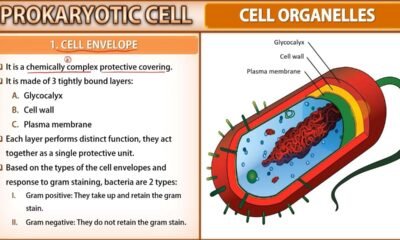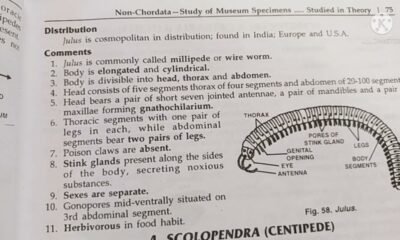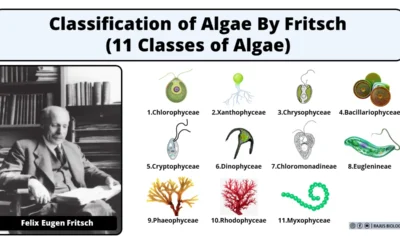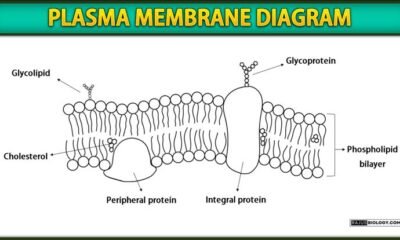Blog
Internal Structure of Monocot Root Notes | Free Biology Notes

This article we will discuss about Internal Structure of Monocot Root
The transverse section of a monocot Root reveals the following structures
Epiblema / rhizoderm / piliferous layer
- Epiblema is outermost layer & composed of thin-walled, closely packed parenchymatous cells
- The cuticle and stomata are absent
- Most of epidermal cells extend out in form of tubular hairs is called root hairs
- Epiblema has following functions: uptake of water and mineral salts from the soil and provide maximum surface area for absorption
Cortex
- It is present below the epiblema
- Cortex consists of many layers of thin-walled rounded or polygonal parenchymatous cells with intercellular spaces
- Cortex has following functions: store food and conduct water from epiblema to the inner tissues
Endodermis
- This layer is barrel shaped cells present between the pericycle and cortex
- Casparian strips are present on wall of endodermis
- Endodermis has following functions: It is regulate the flow of water and dissolved salts from the cortex to the xylem
Pericycle
- Pericycle present below the endodermis and made up of single layer of thick walled parenchymatous cells
- Pericycle has following functions: Lateral roots arise in this tissue
Vascular tissue
- Vascular tissues are in radial and exarch
- Vascular system consists of alternating strands of xylem and phloem
- The xylem and the phloem are separated by a layer of sclerenchymatous conjunctive tissue.
- Conjunctive tissues help in the storage of food and mechanical support
- Xylem may show exarch & polyarch conditions
- Metaxylem vessels are generally circular in shape

 Blog8 months ago
Blog8 months ago[PPT] Human Reproduction Class 12 Notes
- Blog8 months ago
Contribution of Indian Phycologists (4 Famous Algologist)
- Blog8 months ago
PG TRB Botany Study Material PDF Free Download

 Blog7 months ago
Blog7 months agoCell The Unit of Life Complete Notes | Class 11 & NEET Free Notes

 Blog8 months ago
Blog8 months ago[PPT] The living world Class 11 Notes

 Blog7 months ago
Blog7 months agoJulus General Characteristics | Free Biology Notes

 Blog7 months ago
Blog7 months agoClassification of Algae By Fritsch (11 Classes of Algae)

 Blog7 months ago
Blog7 months agoPlasma Membrane Structure and Functions | Free Biology Notes













